Top 10 Sources of Vitamin K2
Are you getting enough vitamin K2? Vitamin K2 has many health benefits, but most of us aren’t getting enough. In this post, I list the top 10 sources of vitamin K2.

Are you getting enough vitamin K2? Vitamin K2 has many health benefits, but most of us aren’t getting enough. In this post, I list the top 10 sources of vitamin K2.
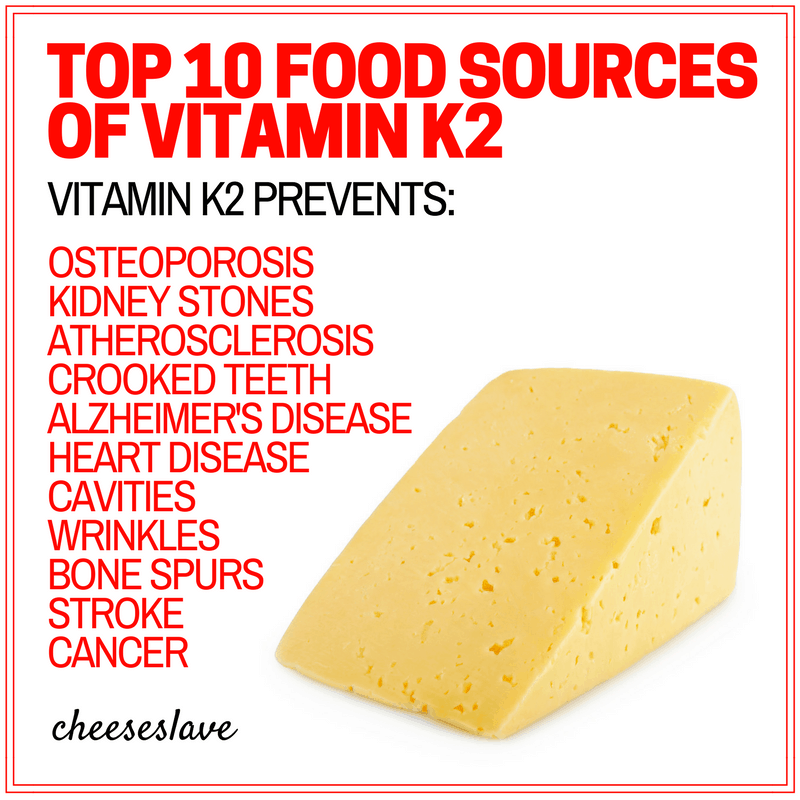
There are affiliate links in this post. If you click on my affiliate link, I will earn a small commission which helps to support this blog. I only endorse products I recommend.
Health Benefits of Vitamin K2
Vitamin K2 helps to build strong bones and teeth. By helping to deposit the calcium where it needs to go in the body (in the bones and teeth), vitamin K2 also helps to prevent calcium build up in fatty tissue.
This is why vitamin K2 prevents kidney stones, heart disease, and Alzheimer’s disease.
Vitamin K2 & The French Paradox
This explains the “French Paradox” — the concept that the French eat loads of saturated fat in the form of butter, cheese, and foie gras, and yet they have one of the lowest rates of heart disease on the planet.
Kate Rhéaume-Bleue, N.D., vitamin K2 expert and author of Vitamin K2 and the Calcium Paradox explains this in an interview with Dave Asprey:
“The paradox, for me, is this situation which so many people find themselves in, in which we absolutely need calcium in our bodies. We especially need it in our bones and our teeth, and that’s exactly where it tends to be lacking. People are prone to osteoporosis and dental cavities, so that is the minerals leaching out of the areas where they should be and leaving behind little holes, whether it’s porous bones or a hole in your tooth.
Then the flip side of that is in the very same people, or in the population at large, we see a buildup of calcium in places where it shouldn’t be, in places where you don’t want it to be, like arteries, and kidney stones, and heel spurs, and breast tissue calcification, and heart valves, and carotids, all kinds of areas. There we have this paradoxical situation of needing calcium, but it can be dangerous if it gets in the wrong places.
That’s really vitamin K2’s role, is to keep calcium in its place at all times. It sounds incredible that you can boost your bone health and reverse heart disease and all that kind of thing, but it makes sense that the body does have a way of dealing with this if it has the right nutrients to deal with that. You’re right. In general, we can’t look at any individual nutrient and really pinpoint … because all of the nutrients work together, we can’t really pinpoint the action of one away from the others.”
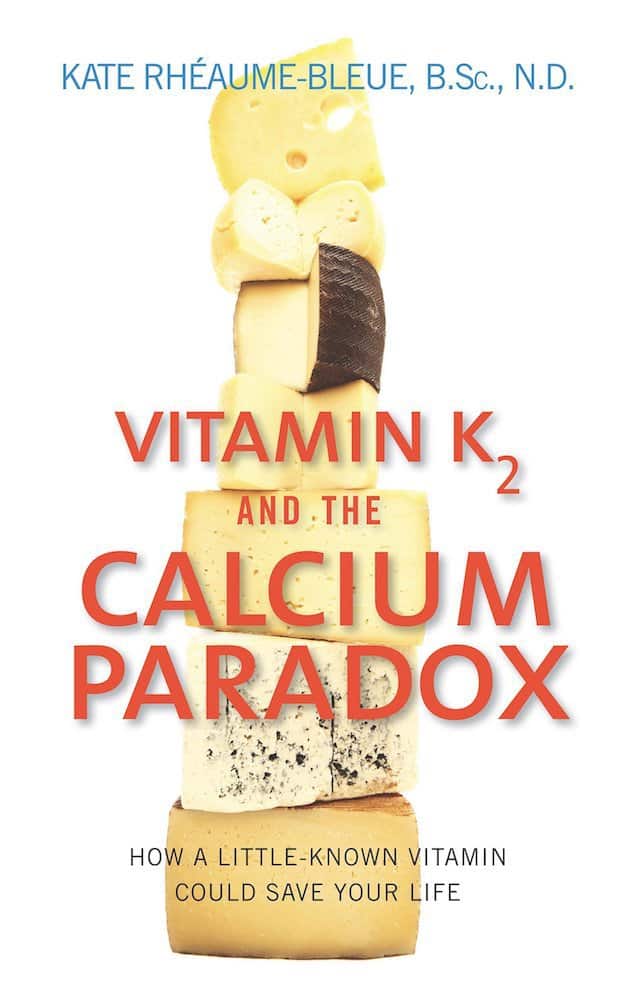
Top 10 Sources of Vitamin K2
Here are the top 10 sources of vitamin K2.
Many of these foods are things a lot of us don’t eat anymore, or try to limit, such as egg yolks and butter. But once you learn about the many health benefits of vitamin K2, you want to eat more of these foods, not less.
I’ve listed the sources of vitamin K2 in order of least vitamin K2 to the most. As you can see, emu oil, by far, is the world’s richest source of vitamin K2.
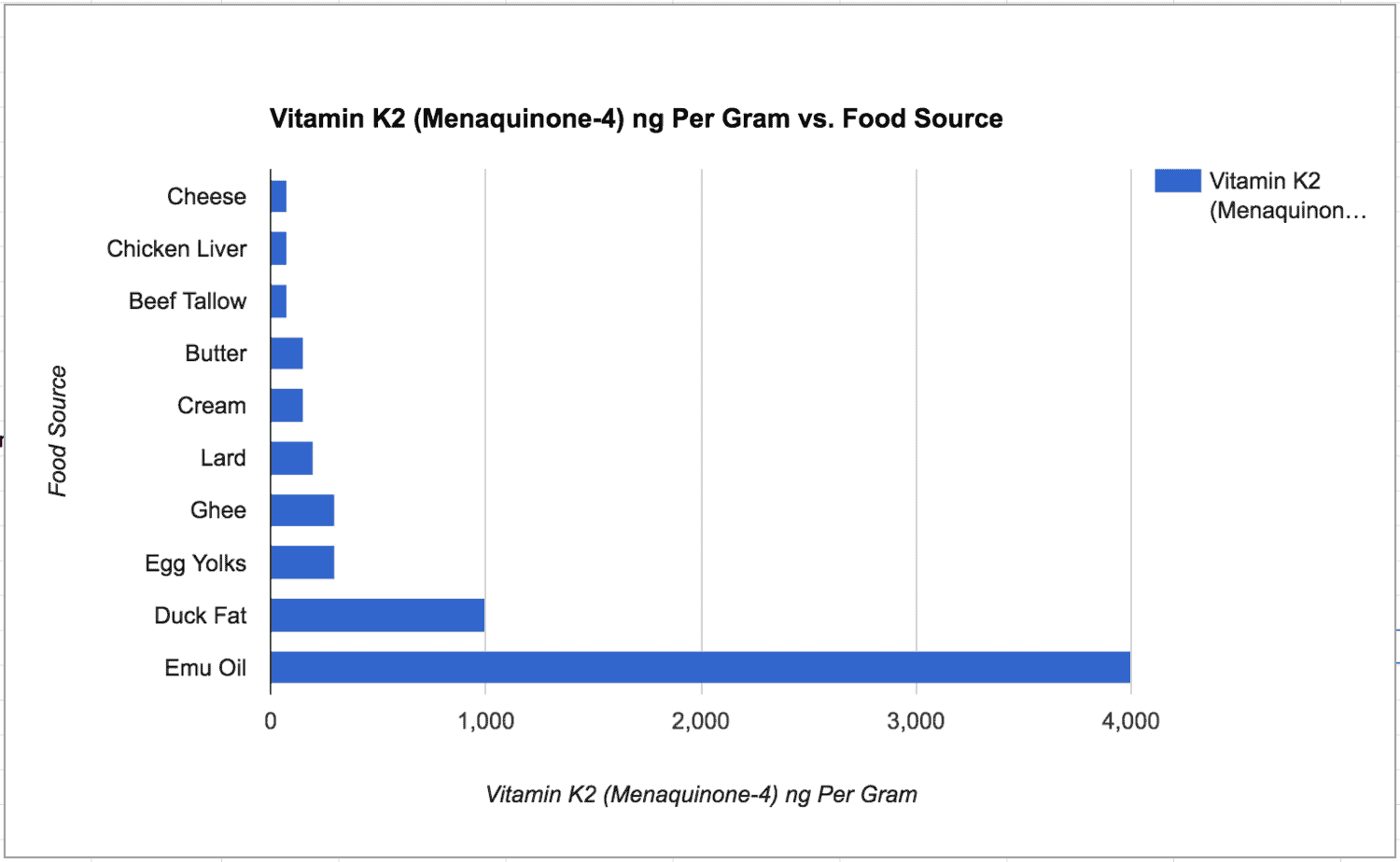
Emu oil contains more than 50 times more vitamin K2 than chicken liver or cheese, 4 times more than duck fat, more than 25 times more vitamin K2 than cream and butter, and over 10 times more vitamin K2 than ghee and egg yolks.
Note: I used the recently published lab reports from the Weston A. Price Foundation for my source for this article. The data is pretty well buried on their site, and rather surprising that they have not written any articles about emu oil, explaining that emu oil has over 10 times the amount of vitamin K2 than the Green Pastures butter oil they promote.
1. Cheese
Cheese is first on our list, as it has the lowest amount of vitamin K2 of all the sources. However, cheese is something you can add to many dishes, and you can eat a lot more of it than say, emu oil or duck fat.
According to Kate Rhéaume-Bleue, N.D., vitamin K2 expert and author of Vitamin K2 and the Calcium Paradox says some cheeses like Brie and Gouda have a lot more vitamin K2 than other cheeses.
She says it’s really doesn’t matter whether it’s grass-fed cheese or not, but rather the type of bacteria used to make the cheese.
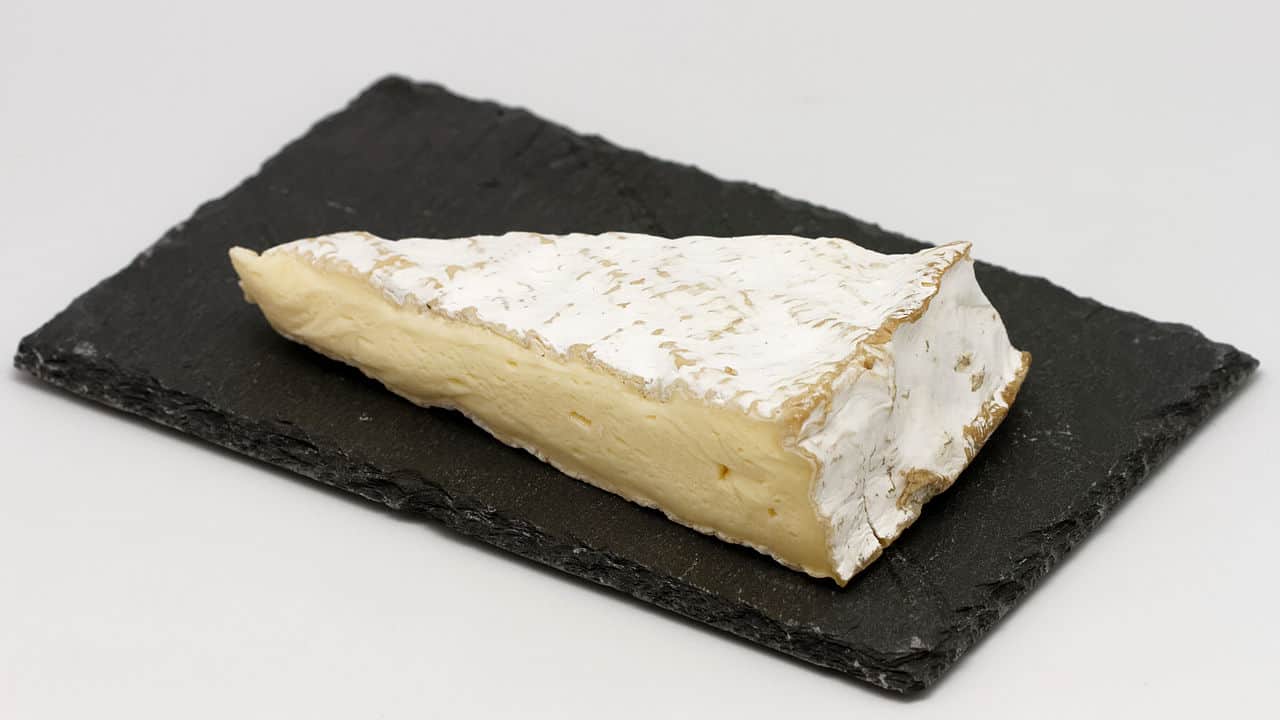
2. Chicken Liver
Most people don’t eat a lot of chicken liver these days. However, if you like chicken liver pate, this is a good source of vitamin K2, as well as vitamin A, which many of us are deficient in.
Calves liver and other types of liver also have vitamin K2, but I don’t have numbers for those from the lab reports. However, they are probably in the same range as chicken liver.
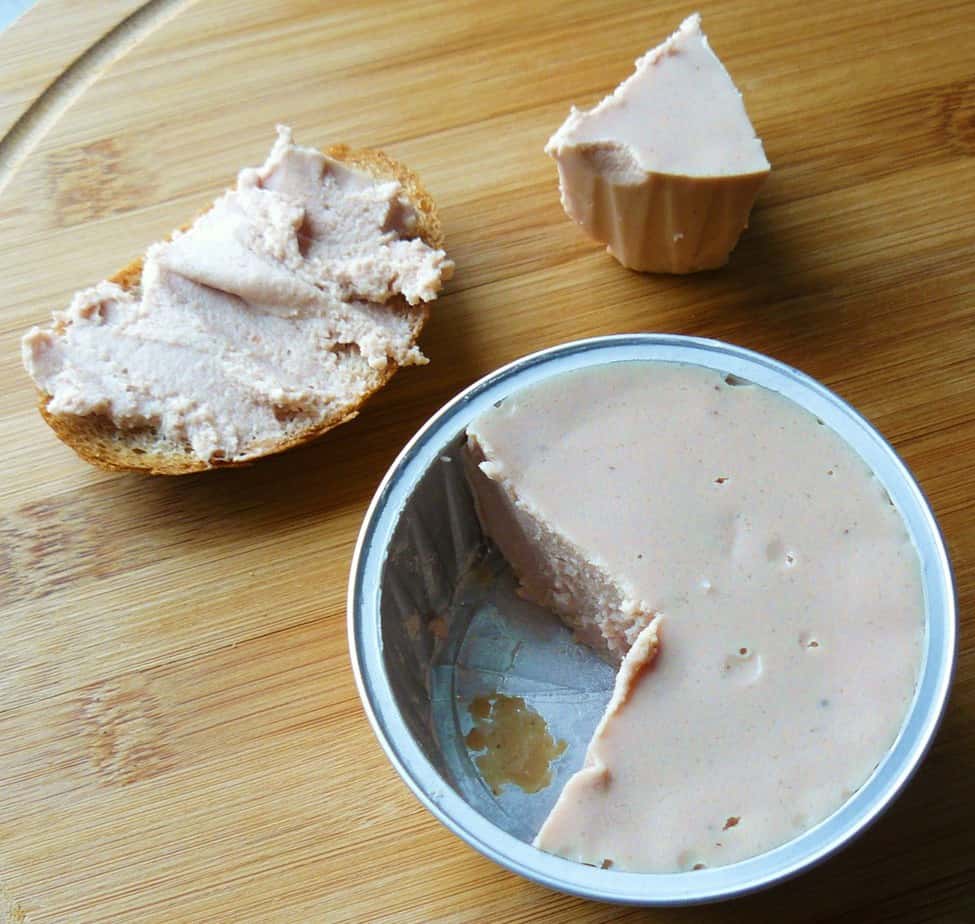
3. Beef Tallow
Beef tallow is another food that is not commonly eaten these days. Grass-fed beef tallow is a great option to use as a fat for people who don’t eat butter or lard. I love it used in pie crusts and biscuits.
I always save the fat leftover from making broth, or cut off from cuts of meat… and I render it into beef tallow and freeze for later use.
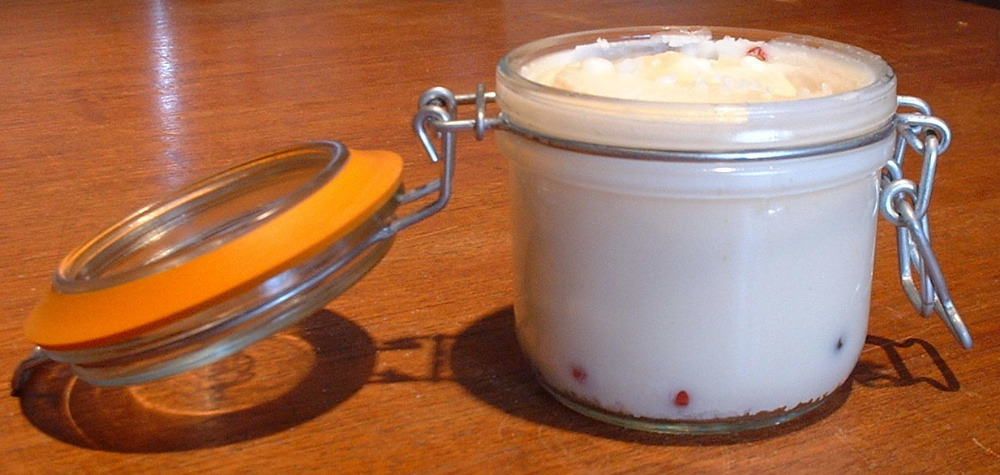
4. Butter
Like cheese, butter is an easy addition to most people’s diets. You can cook with butter instead of modern factory oils, spread it on toasts and sandwiches, and use it to make all kinds of baked goods. I’m a big fan of butter croissants, and I eat them with extra butter.
The type of butter you buy does make a difference. For this post, I averaged the amount of K2 in the sources tested. Look for organic grass-fed butter from family farms. Kerrygold butter has a decent amount of K2, if you can’t find local butter.
According to the lab tests, Organic Valley butter had more vitamin K2 (almost twice as much) than Kerrygold. That said, we don’t know when the butter was purchased and whether the cows were eating grass or hay when the butter was made. It makes a difference whether or not the cows are eating green grass versus hay.
If you can buy butter in bulk from local farmers in the springtime, when the cows are eating green grass, and store in your freezer, that is ideal (it’s a lot cheaper that way, too).
As you will see below, ghee has more K2 than butter.
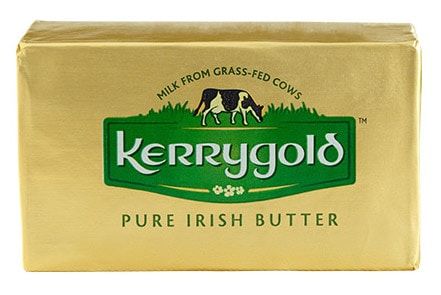
5. Cream
Cream is another food that’s easy to add to your diet. We eat a lot of crème fraîche in our house. We eat it on our taco bowls, on our enchiladas and nachos, and on our baked potatoes.
Ice cream is another good source of vitamin K2, but it has less K2 than say, straight cream, since ice cream is made with cream and milk. You can make your own ice cream with pure cream. Whipped cream is another thing I love.
Yes! I just gave you permission to eat ice cream sundaes again!
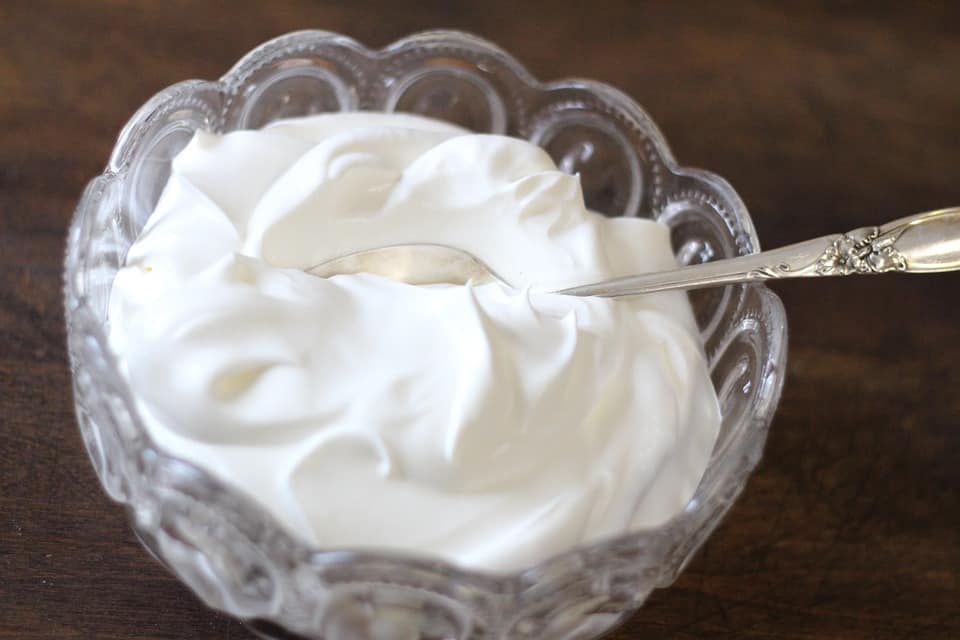
6. Lard
Lard, or pig fat (including bacon grease), has slightly more vitamin K2 than butter and cream — not a whole lot more. But lard is a good source of vitamin K2.
If you make bacon on a regular basis like we do at our house, there are lots of uses for leftover bacon grease so don’t throw it away!
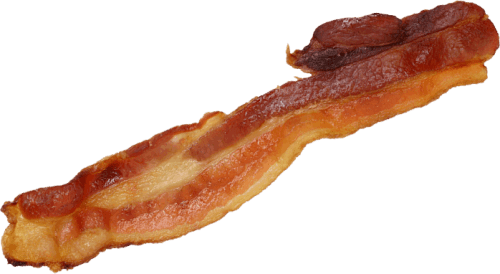
7. Ghee
Ghee, which is a clarified butter that is traditional in India, has up 2-3 times more vitamin K2 as butter. It’s a much more concentrated form of vitamin K2, because the milk proteins have been removed and it’s just pure fat. Fat-soluble vitamins like vitamin K2 are found within the fat.
I love ghee because it has a long shelf life and, unlike butter, you can use it to deep fry foods.
The type of ghee you buy will determine how much vitamin K2 you get. In the lab tests I sourced, Pure Indian Foods ghee had substantially more vitamin K2 than Purity Farms ghee. I know that Pure Indian Foods only uses butter from cows eating grass in the springtime, so that may have something to do with it.
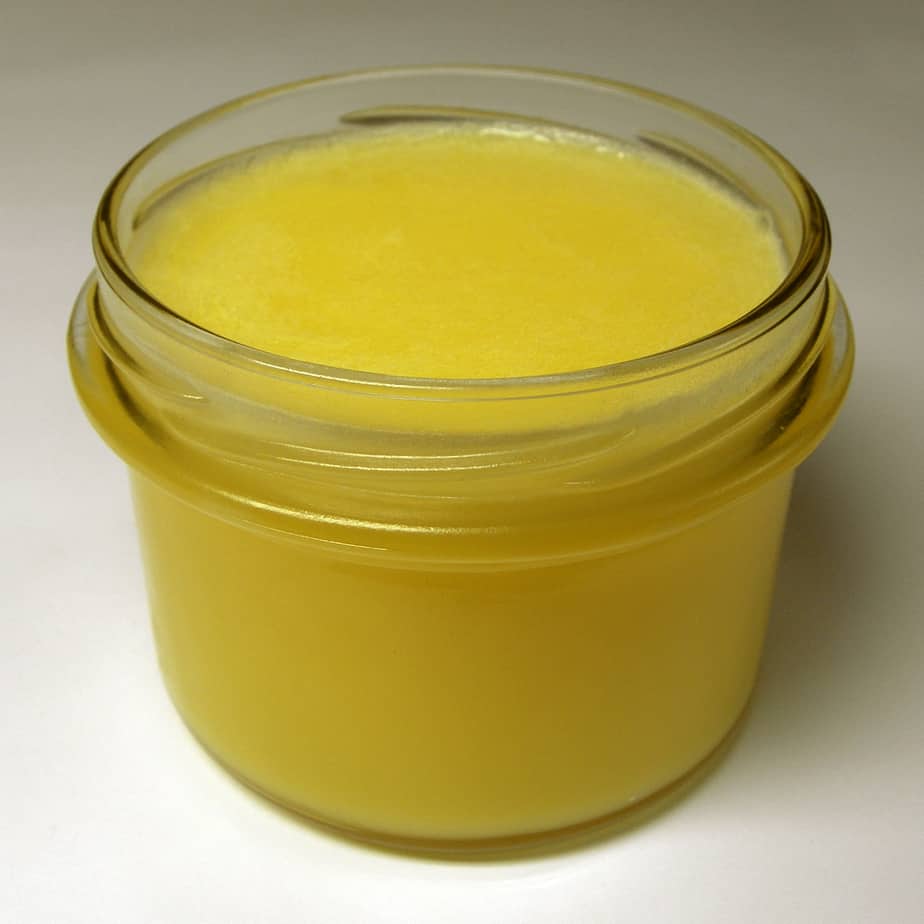
8. Egg Yolks
Egg yolks have twice as much vitamin K2 as butter or cream. A great way to get more egg yolks is to add extra yolks to your scrambled eggs.
Hollandaise sauce is one of my favorite ways to eat egg yolks — I love nothing better than Eggs Benedict for breakfast. Mayonnaise is another sauce you can make with egg yolks.
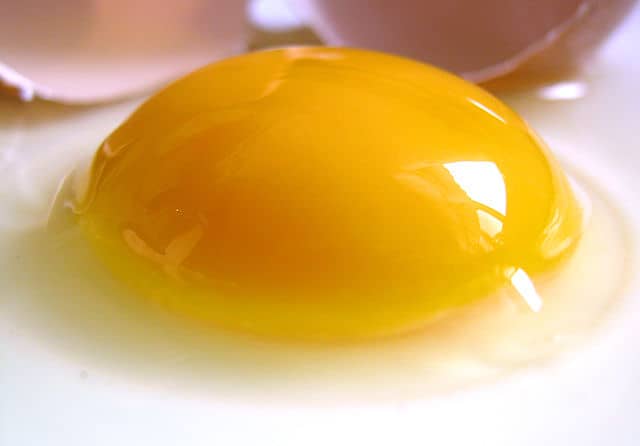
9. Duck Fat
There’s a monumental jump in vitamin K2 in pastured duck fat. Duck fat has 3 times more vitamin K2 than ghee or egg yolks, 7 times more vitamin K2 than butter or cream, and 13 times more than cheese or chicken liver.
The best way to get duck fat is to roast a duck every so often and save the rendered fat from the roasting pan. I roast a duck every couple months for this purpose. I just strain the fat from the roasting pan through a sieve into a mason jar, cover and stick it in the fridge. You can also strain it into ice cubes and freeze.
Duck fat is fabulous for making French fries or used to make just about anything you would use butter or lard for.
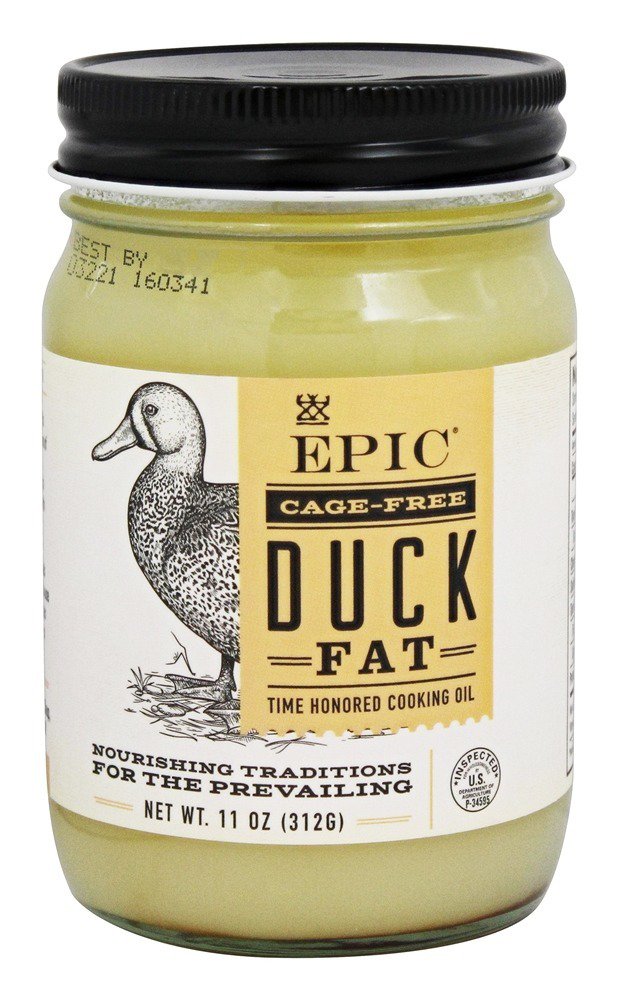
My number one way to eat duck fat is foie gras, which is a duck or goose liver pâté. This is a great source of vitamin K2 and it’s so delicious. If you’re worried about ducks and geese being hurt via the “gavage” process, it’s not true. They have a different anatomy so it doesn’t hurt them, and they naturally gorge on grains in the wild.
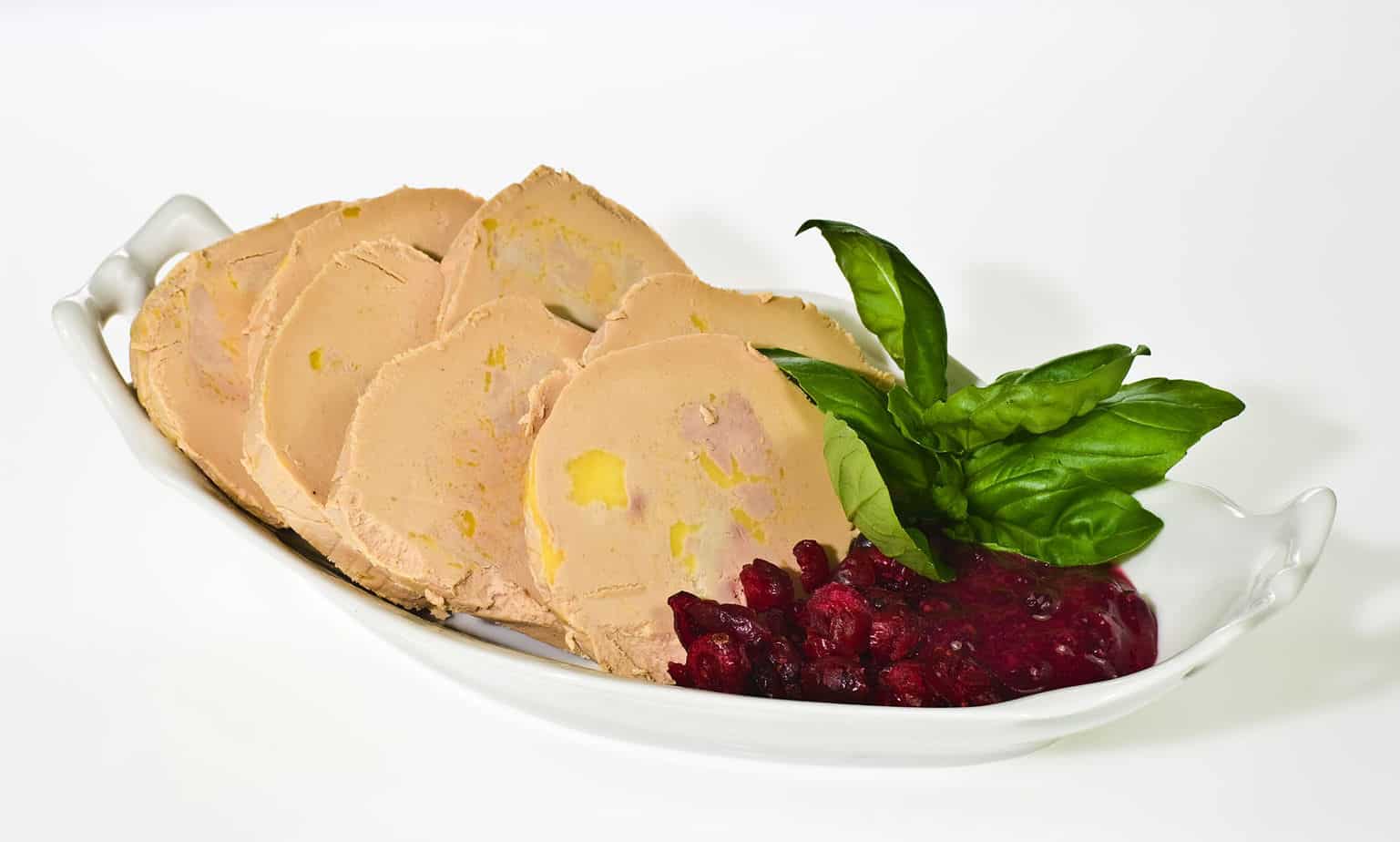
10. Emu Oil
Emu oil contains more vitamin K2 (Menaquinone-4, or MK-4, the preferred kind of K2) than any other food source. Emu oil has 53 times more vitamin K2 than chicken liver or cheese, 27 times more than cream and butter, 13 x more than ghee and egg yolks and 4 times more vitamin K2 than duck fat.
You don’t cook with emu oil; you take it as a supplement. Since it’s so concentrated, you don’t need to take very much.

Questions and Answers About Sources of Vitamin K2
1. What About Fermented Foods Like Natto?
In this list, I only included sources of foods that contain Menaquinone-4, or MK-4, the preferred kind of K2. Natto, which is Japanese fermented soybeans, is also a great source of vitamin K2.
However, it contains Menaquinone-7, or MK-7. Natto is very high in vitamin K2 and is the very best source of MK-7 vitamin K2.
Natto has 350-400 mcg of vitamin K2 per 1-ounce serving, or around 1,100 per 100 grams (3.5 ounces). However, MK-7 is not as absorbable as MK-4, so you can eat less food MK-4 foods to get the same amount of vitamin K2.
I actually love natto and enjoy eating it for breakfast. I like to add rice, a raw egg yolk, Japanese pickles, and a little soy sauce.
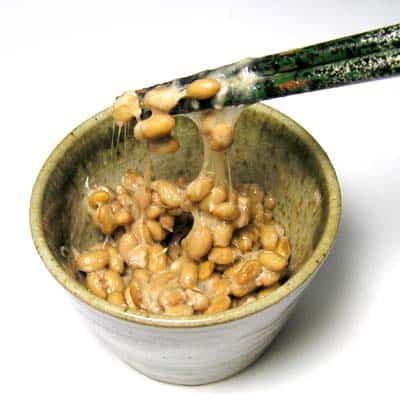
Other fermented vegetables like sauerkraut and kimchi contain some vitamin K2, but not as much as natto. According to Dr. Kate Rheaume-Bleue, sauerkraut and other fermented veggies have around 50 mcg per serving. That said, it depends on the type of if specific starter cultures that they use. They can have can have ten times more based on the type of starter culture, or around 500 mcg per serving.
Also, keep in mind that not every strain of bacteria makes vitamin K2. For example, most yogurts contain almost no vitamin K2. Some cheeses are very high in K2, and others are not. Miso and tempeh are also not high n K2.
2. Can You Overdose on Vitamin K2?
No, you can’t overdose on vitamin K2. Bring on the croissants and Hollandaise sauce!
3. How Much Vitamin K2 Should We Take Each Day?
Dr. Kate Rhéaume-Bleue says she recommends 350-400 mcg per day for adults. For children, she recommends 120 micrograms per day.
This is for MK-7, not MK-4. You would need to take a lot less MK-4-based vitamin K2, since MK-4 is more absorbable.
4. Want to Learn More About Vitamin K2?
I recommend picking up a copy of Dr. Kate Rhéaume-Bleue’s wonderful book, Vitamin K2 and the Calcium Paradox.
Pin This Post: Top 10 Sources of Vitamin K2
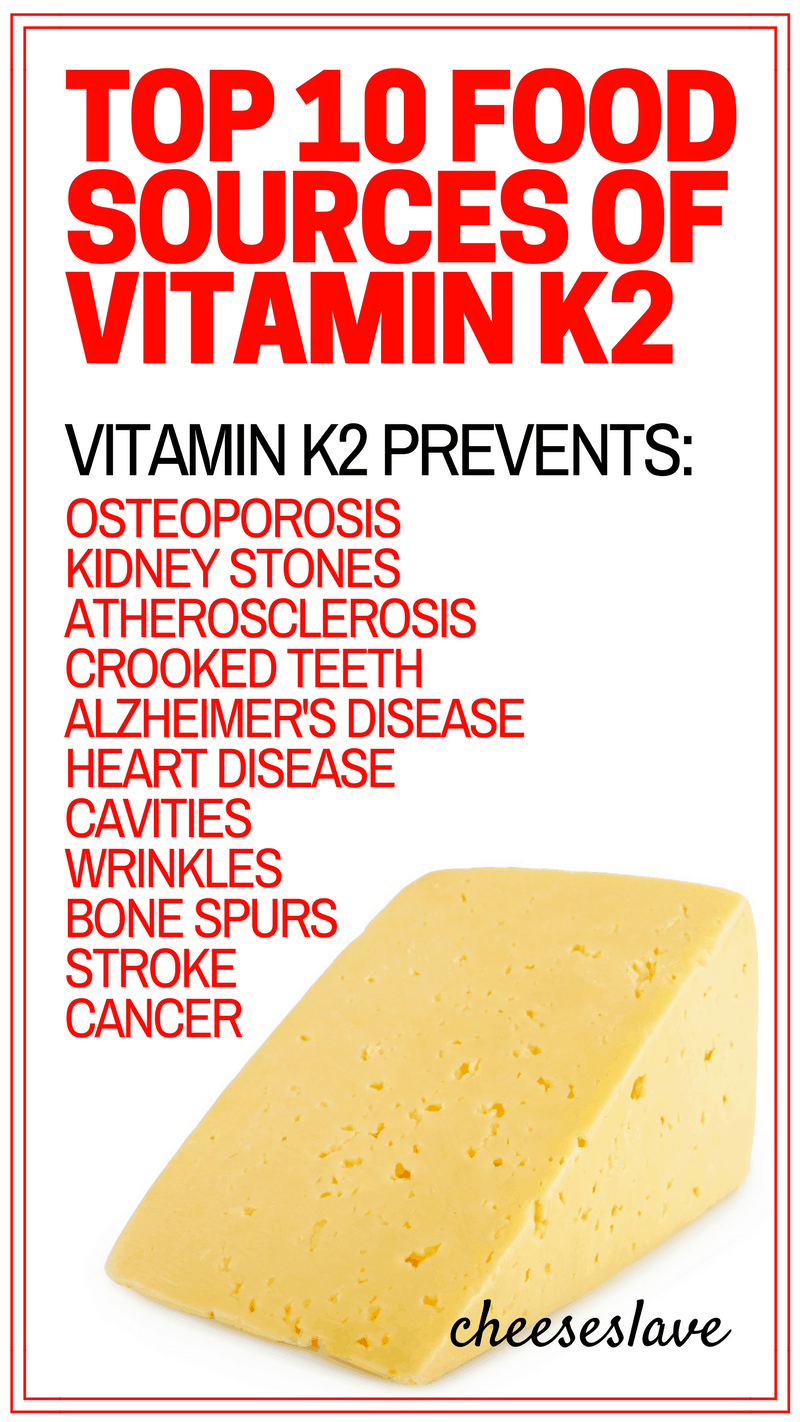


Comments ()